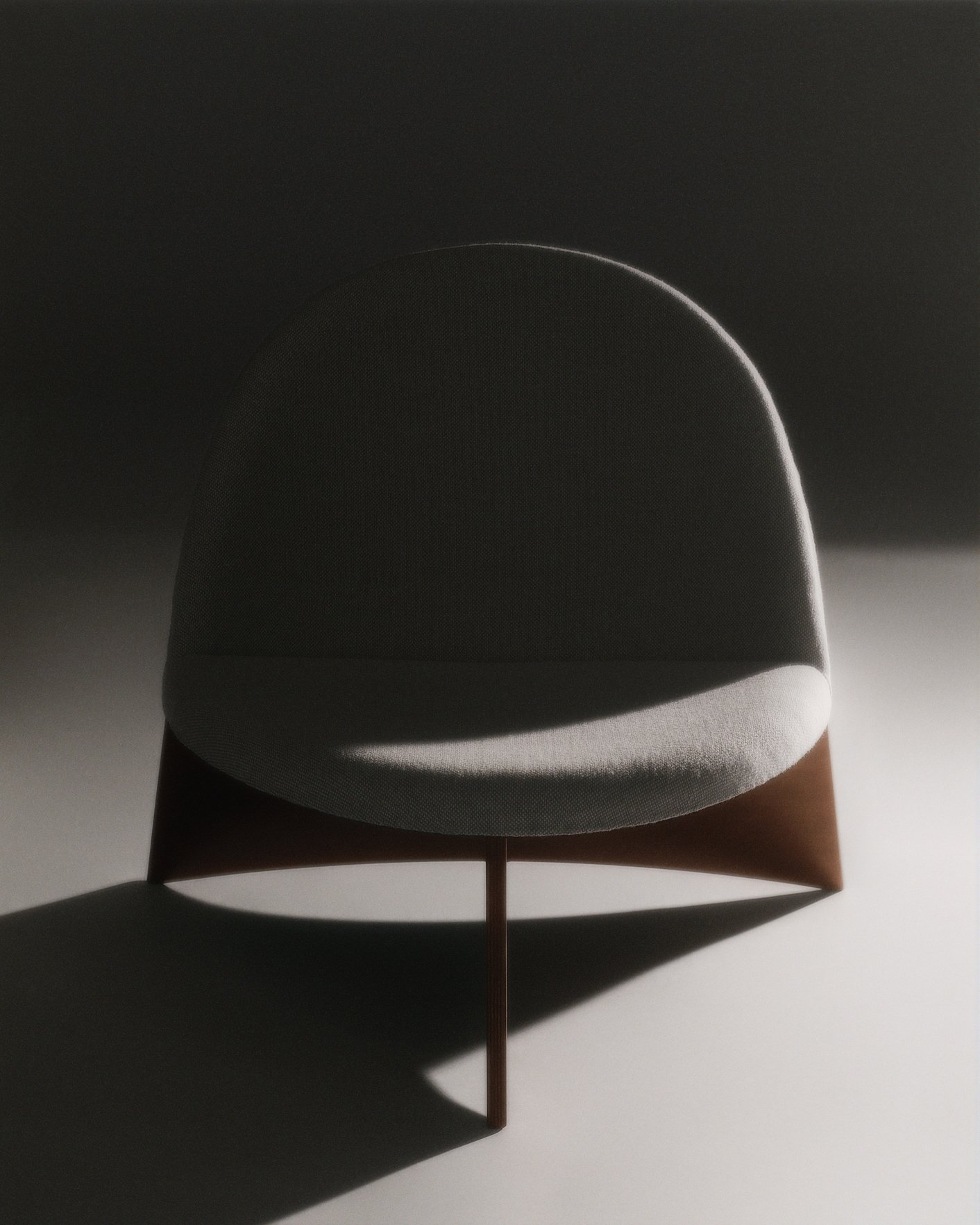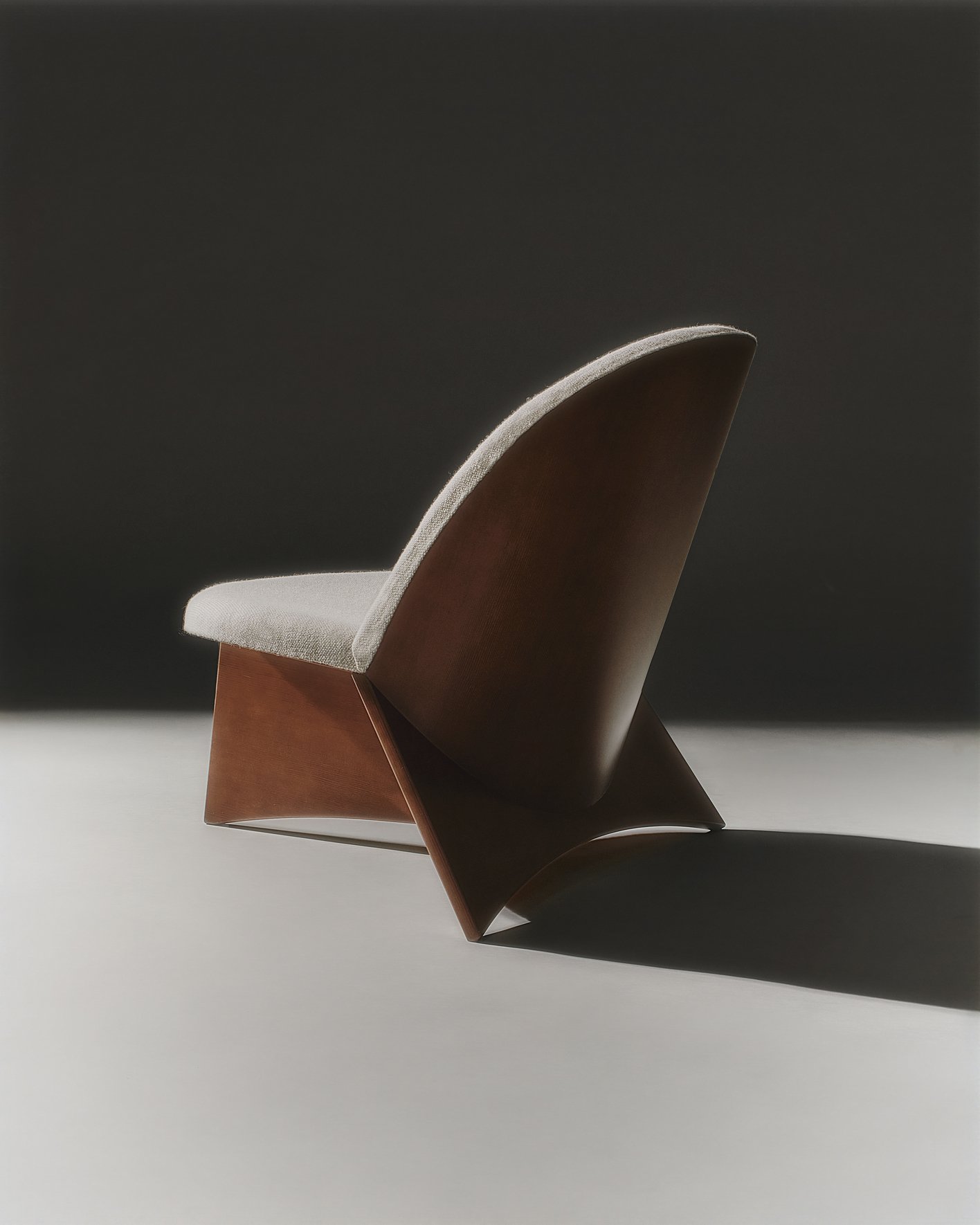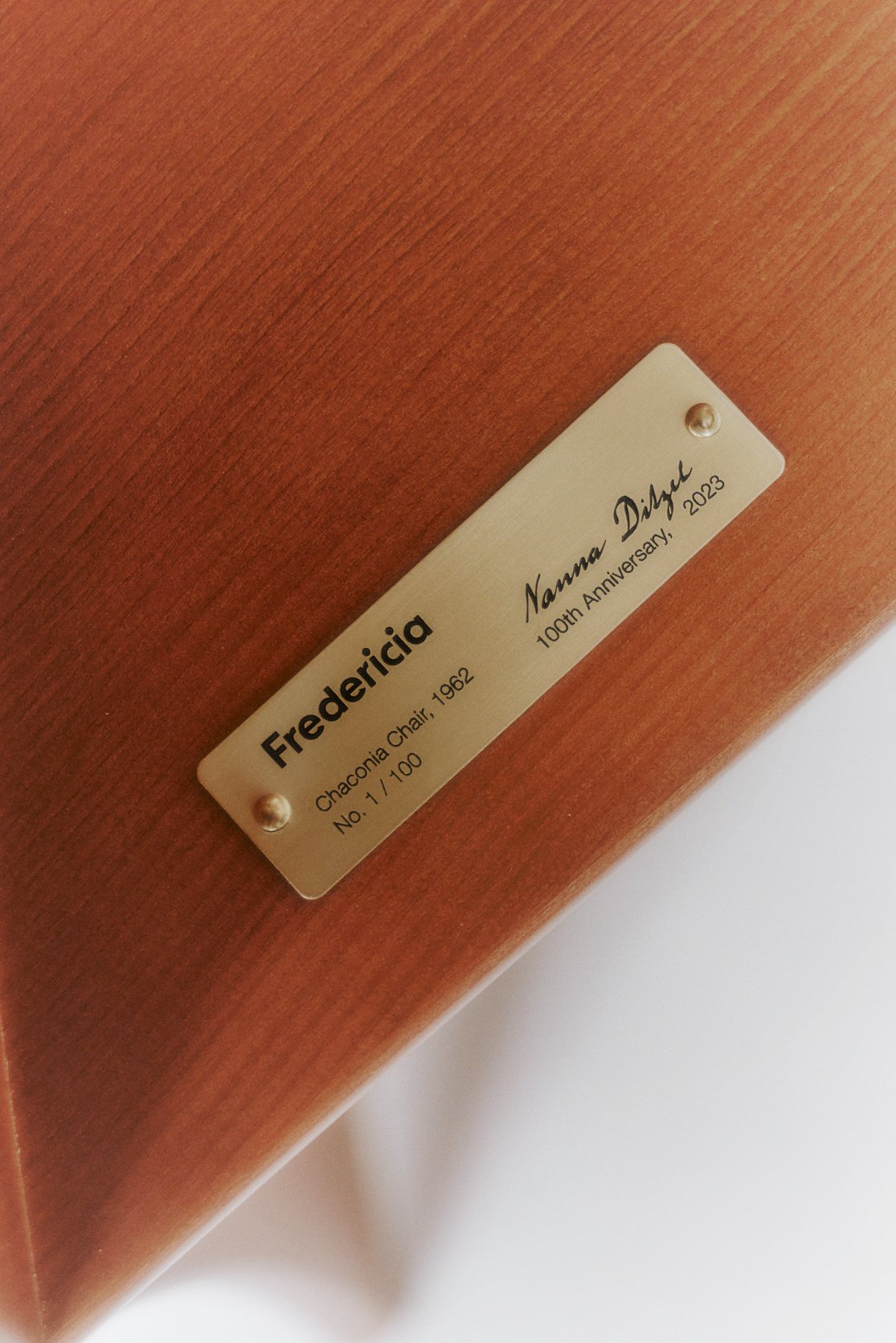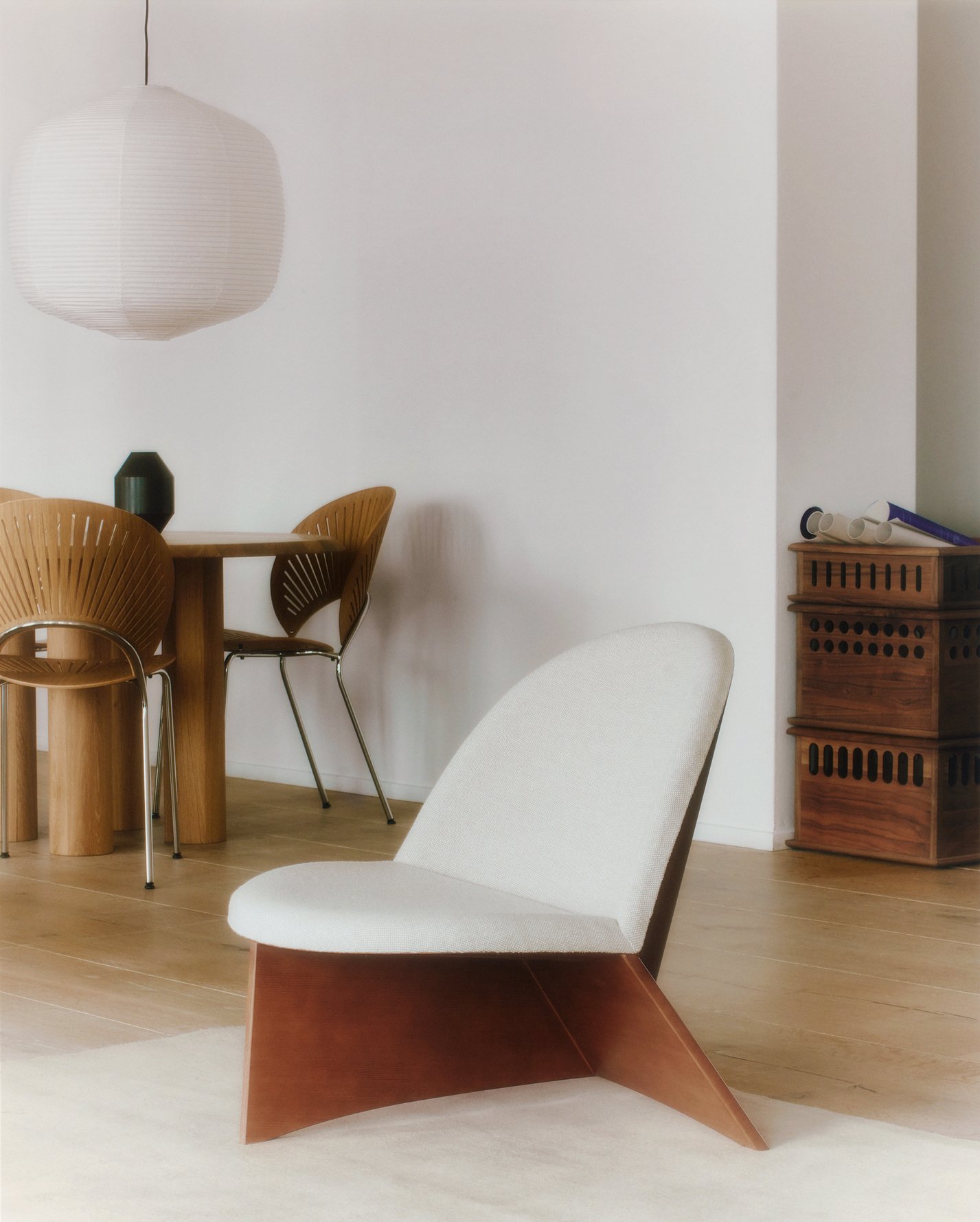Paying tribute to a pioneering designer - Nanna Ditzel (1923-2005) one of the most influential Danish designers of the 20th century
Breaking the rules asking for imagination, motion and vision



The quote "THREE STEPS FORWARD AND TWO BACK STILL MEANS I'VE TAKEN A STEP IN THE RIGHT DIRECTION!" by Nanna Ditzel reflects her postmodernist attitude and rebellion against tradition, which she brought to Danish design in the 1990s when she was well into her 70s. Despite her subjective starting points, Nanna had a remarkable ability to transform her artistic dreams into functional and purposeful designs that attracted worldwide attention. Her furniture designs were not only innovative but also had a contagious effect on the rooms they occupied, making people feel inspired to incorporate them into their homes.
Born in Copenhagen in 1923, Nanna Ditzel was trained as a cabinetmaker before studying at the School of Arts and Crafts and the Royal Academy of Fine Arts in Copenhagen. Throughout her career, Nanna was always inspired by the challenges of new materials and techniques, which led her to experiment with split-level floor seating in the 1950s and become a pioneer in various disciplines such as fiberglass, wickerwork, and foam rubber. She even designed the world's most renowned furniture textile, "Hallingdal," for Kvadrat.
From 1968 to 1986, Nanna lived in London and established the international furniture house Interspace in Hampstead. In 1989, she became closely connected with Fredericia, which led to a successful partnership resulting in the Trinidad chair, marking a turning point in Fredericia's history. Nanna Ditzel's uncompromising approach to design continues to influence Fredericia's culture and product development to this day.
For Nanna Ditzel, the aesthetics of the chair were just as important as its function. She believed that a chair's appearance should combine well with the person who sits in it and that some chairs look like crutches, which she disliked. Throughout her life, Nanna was awarded numerous prizes, including Denmark's highest design honor, the ID-prize in 1995 for "Trinidad," and the Gold Medal in the International Furniture Design Competition in Japan in 1990 for "Bench for Two." In 1998, she was awarded the lifelong Artists' Grant by the Danish Ministry of Culture, and she was also elected as an Honourable Royal Designer at the Royal Society of Arts in London in 1996. Nanna Ditzel's legacy lives on as one of the most renowned Danish designers, whose innovative and functional designs continue to inspire and influence the world of modern design.
Fredericia pays tribute to Nanna Ditzel - The grande dame of Danish design
Celebrating the 100th anniversary of Nanna Ditzel’s birth, the Danish design brand Fredericia pays tribute to their former main designer - a pioneering woman considered to be one of the greatest Danish designers of the 20th century - with a limited edition launch and new colours added to Ditzel’s most popular chair through time.
Breaking the rules asking for imagination, motion and vision
Fondly known as the “grande dame of Danish Design,” Nanna Ditzel (1923-2005) was one of the most creative, influential, and versatile Danish designers whose style never stopped evolving throughout her more than 60-year career.
Ditzel was a woman who challenged the comme il faut of design and succeeded in leaving an enduring dash of poetic lightness and artistic innovation in the Danish design tradition having deservedly positioned herself in the history due to her many striking and innovative designs across centuries and disciplines.
Being a generation after legendary architects and designers like Børge Mogensen and Hans J. Wegner, Ditzel also studied under the master architect and designer Kaare Klint at the Royal Academy of Fine Arts after graduating as a cabinetmaker and while studying as a furniture architect at the School of Arts and Craft. Even though schooled by Klint and his modern functionalism, Ditzel quickly broke out of the strict and formal design rules going for poetic and sculptural shapes rejecting the “masculine” ideals in favour of softness and rounded shapes. Experimenting with intense colours, new materials and the norms of space and design, she was challenging traditional thinking with her prolific output throughout decades. Leaving a clear mark on both private homes and public spaces and making her a distinctive voice and one of the most accomplished Danish designers spanning over 60 years as a designer from furniture and jewellery to silverware, glass and textiles being the first woman to design for Fredericia, Kvadrat and Georg Jensen.
In a strongly male-dominated furniture industry, Ditzel claimed her place. Together with her fellow student and later husband, Jørgen Ditzel, she already participated in the Carpenters Guild’s annual exhibitions during her studies as a furniture architect at the Royal Academy of Fine Arts. After graduating in 1946, they establish their own design studio. Ditzel challenged the design orthodoxy and became a leading figure in the renewal of Danish design and the functionalist design traditions in the 1960s. As part of the new generation, including her husband and Verner Panton, they all distanced themselves from the general perception of good taste in Danish design, creating avant-garde furniture as space-forming architectural elements. Demanding imagination and vision, Ditzel’s designs were sculptural, experimental, and organic, with nature being a continuous source of inspiration.
When Nanna’s long-time husband and design partner, Jørgen Ditzel, passed away, she reinvented herself as a solo designer exploring new materials and designs. In 1968 Ditzel diversified again when she moved to London. While running her design studio, she also ran the acclaimed Hampstead store Interspace gallery with her second husband, furniture dealer Kurt Heide, owner of the eponymous design shop Oscar Woollens on Finchley Road. Being a first mover importing international design, Interspace was a gathering place for global design names.


